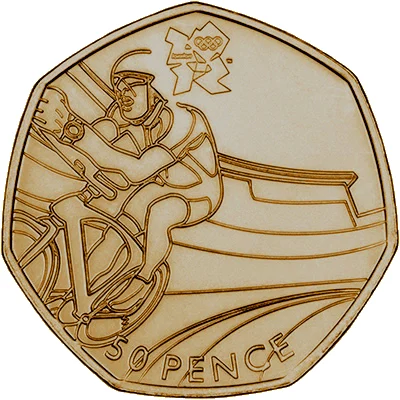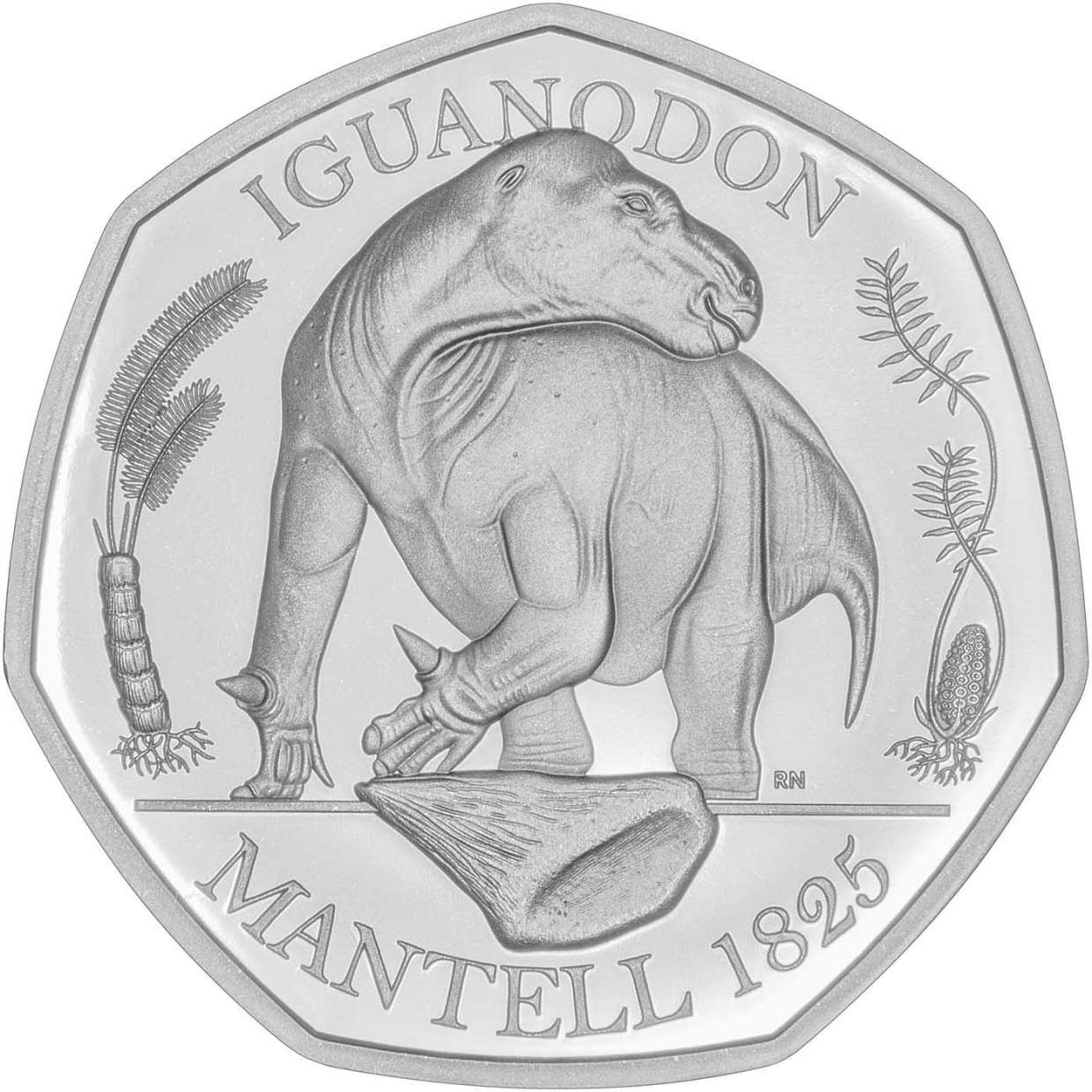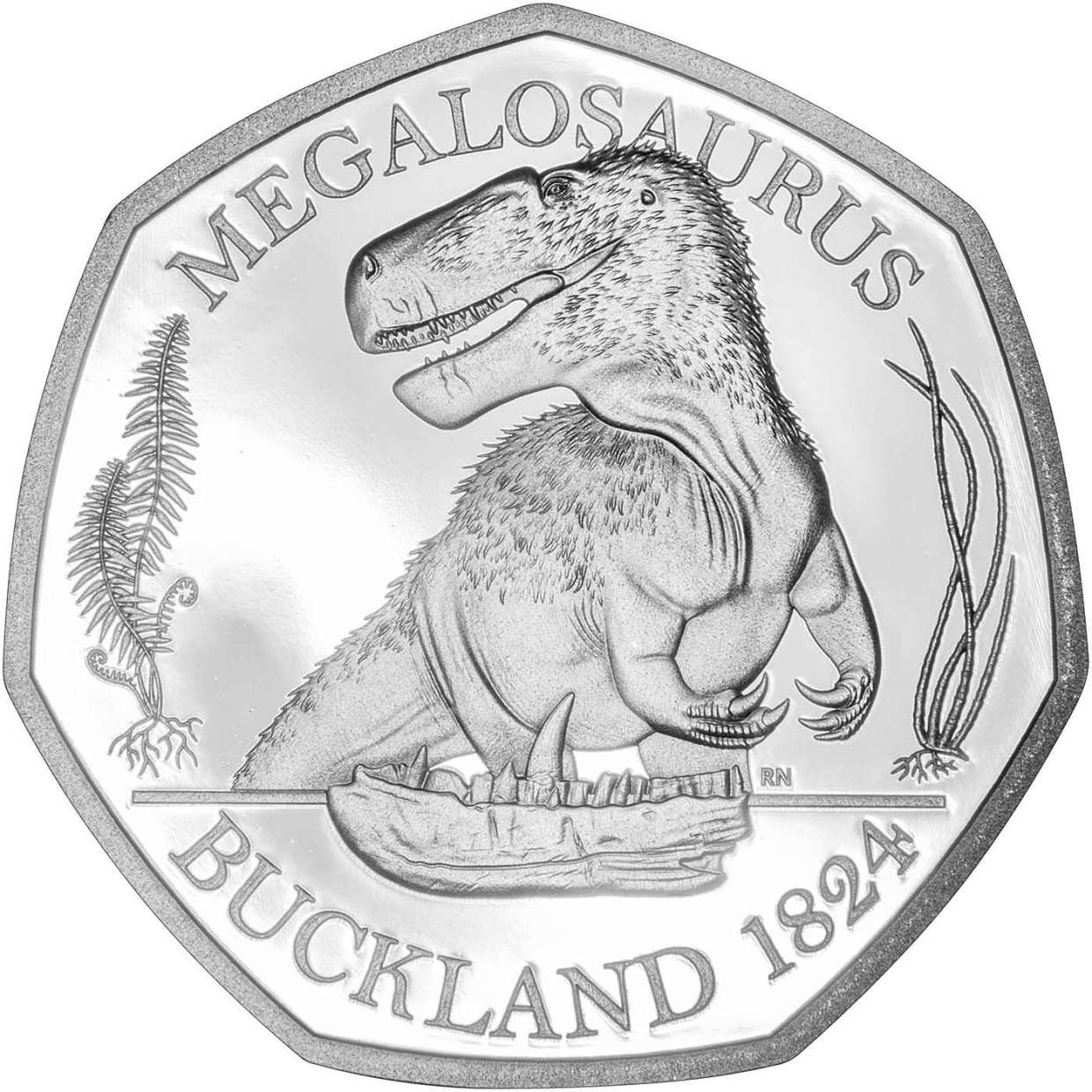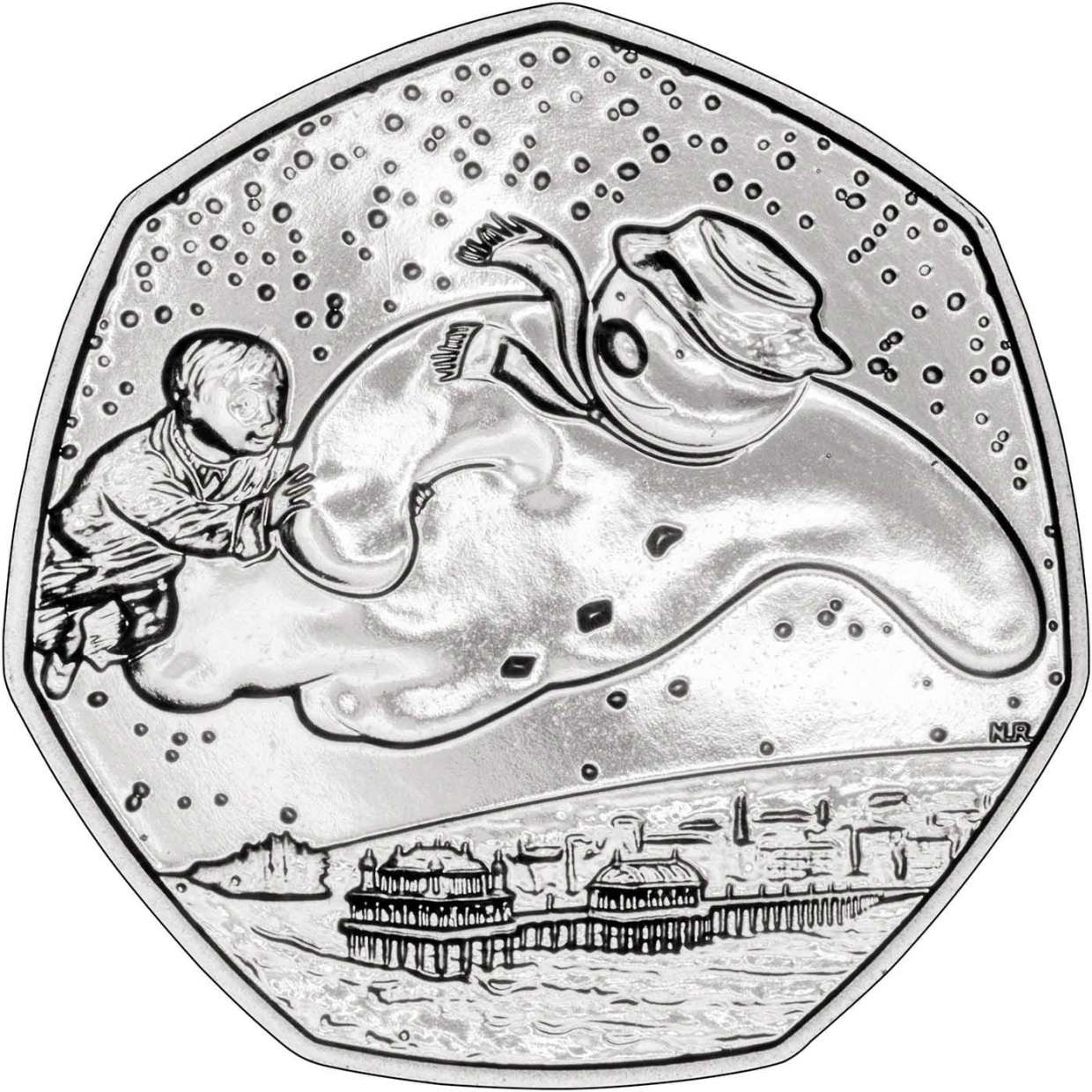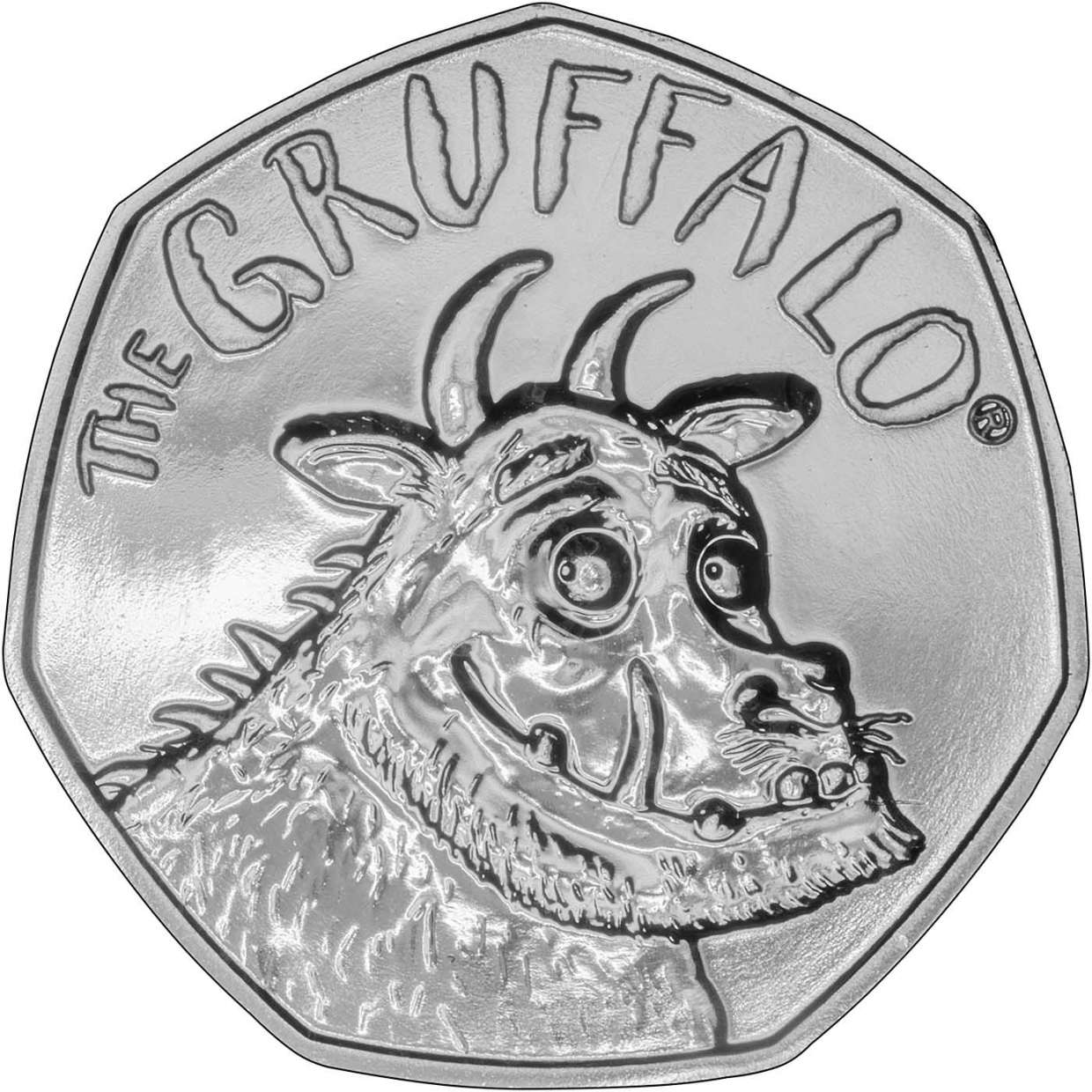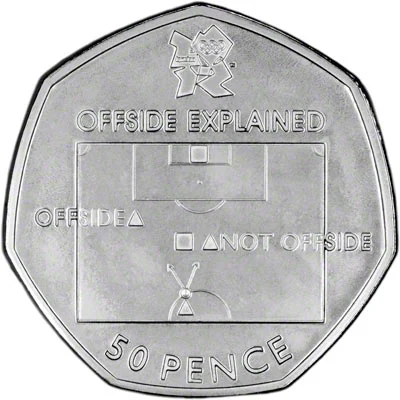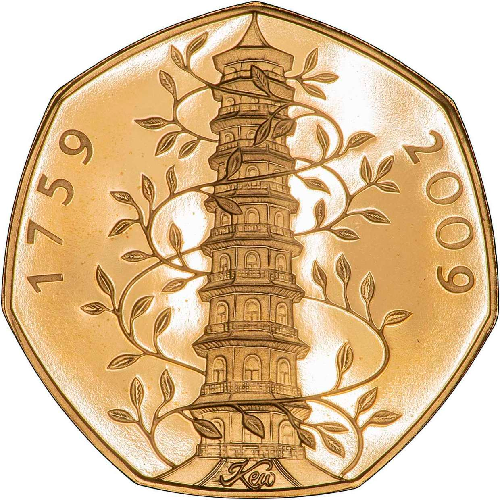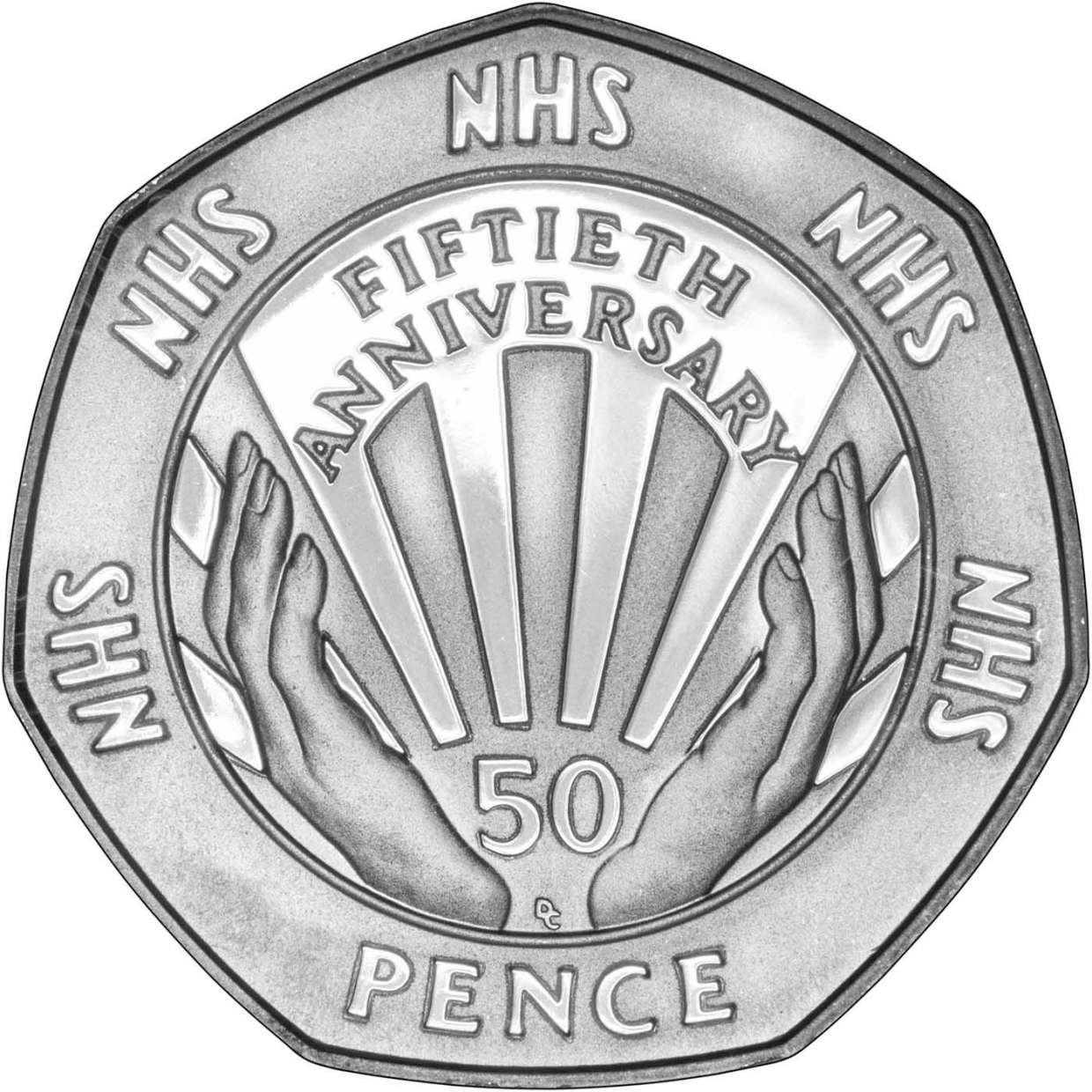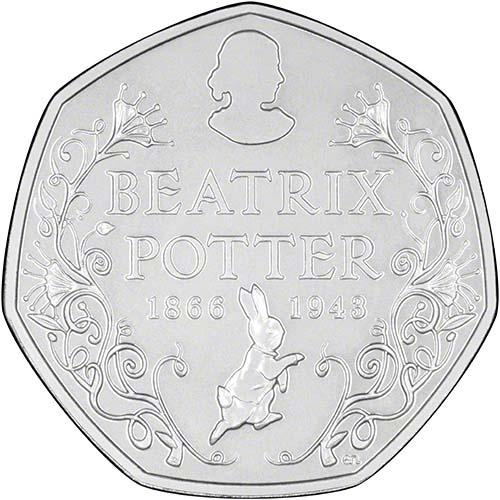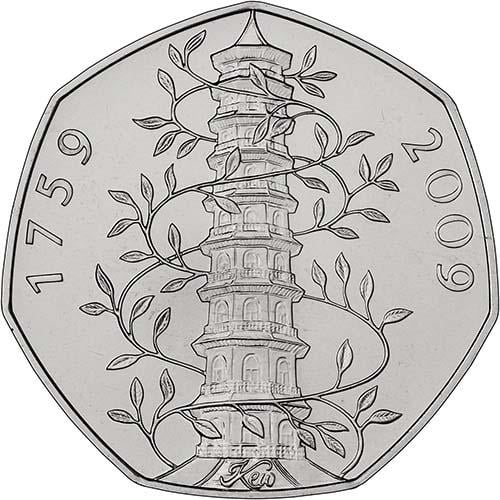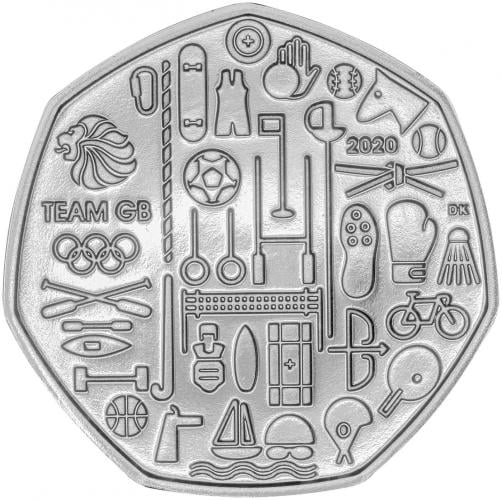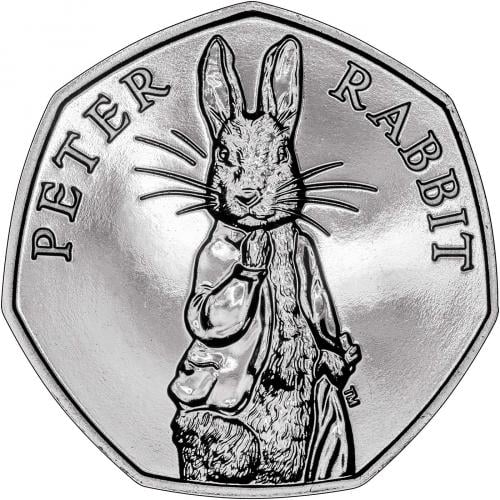London 2012 Sports Collection Precious Metal Coins
Synopsis
Here we take a look at the more expensive versions of the London 2012 coins. These silver and gold versions were produced by The Royal Mint as limited editions and were never released into circulation. The circulated and BU versions of these coins are very popular and the precious metal varieties are no different although much harder to come by. Struck to proof quality, these coins have a much higher standard of finish.
Gold Piedfort
The gold Piedfort versions of these coins represent a serious honour! Only the sports in which Team GB won a gold medal at London 2012 had their design struck in gold Piedfort form.
The gold Piedfort versions of these coins represent a serious honour! Only the sports in which Team GB won a gold medal at London 2012 had their design struck in gold Piedfort form.
Modern Piedfort coins are generally silver which makes these gold Piedfort coins particularly special. Piedfort coins have an illustrious history that adds evenmore weight to the honour of a gold Piedfort coin. Piedfort coins are double the thickness and weight of the standard proof coin. Doubling the thickness of the coin allows the mint to double the precious metal content of the coin without changing the design on the coin. This practice began in France, which explains the name ‘Piedfort’. It means ‘heavy measure’ in French.
Silver Proof
Silver Proof - With 30,000 silver proof coins minted for each design in the London 2012 Sports Collection, these coins are almost prolific in terms of silver 50ps. The Olympic silver range has had its sizeable mintage beaten only by silver proof versions of the Beatrix Potter 50ps, Paddington 50ps, Brexit 50p and D-Day 50p. To find out more take a look at our Limited Editions Collection table. If you want more information about a particular design, we have delved into the background and composition of the different sport coins when looking at the circulated and BU versions here.
An Illustrious History
In the middle ages, coins were not centrally produced by one mint. So, these heavy coins were made as a sort of template to be sent between coin makers and ensure that anywhere that was issuing coins was using the correct design. Doubling the weight of these pieces ensured they would stand out and guaranteed they wouldn’t be accidentally confused with commonplace legal tender. However, in the sixteenth century this method began to wane and Piedforts took on an entirely different role.
Adding to the reputation of the Piedfort, monarchs began to produce them to give as gifts or display as a show of affluence and authority. They were often presented to favoured courtiers and were known as ‘prestige pieces’. Although this tradition died out in the eighteenth century, the sense of prestige remains. Modern Piedforts have been minted in the UK since 1982. The Royal Mint always strikes these high value coins in low numbers and their rarity only adds to their cachet. They are always made to proof standard and usually celebrate important historic events. All of this history, craftsmanship and rarity creates a coin that truly is something exceptional.
London 2012 Gold Piedforts
The rarest coins in our Limited Editions Collection, these extraordinary coins have also been the subject of much mystery and confusion. When they were initially released, it was thought that only two of each coin had been minted, one for the designer and one for the athlete who had earned the gold medal. However, individual coins were sold at auction and sets including all 11 sport designs were also seen. The Royal Mint later stated that the issue limit on these coins was 29 per sport. Then, as they are wont to do, they revealed actual sales figures confirming that certain designs were just as rare as had been initially thought!
We now know that 15 of the 11-coin sets exist. On top of this, there were individual coins sold but in exceedingly small numbers. Indeed, none of the designs reached their 29-coin limit. Overall, including the 15 examples of each coin that went into the sets, coin mintages for each sport are Athletics 26, Boxing 18, Canoeing 17, Cycling 26, Equestrian 22, Rowing 26, Sailing 17, Shooting 17, Tennis 25, Taekwondo 15, Triathlon 22. You may have spotted that with a total mintage of 15, no individual Taekwondo coins were sold and so if anyone wants to own the whole collection, they have to find one of the 15 11-coin sets.
What Are They Worth?
Obviously, collectors will expect to pay a high price for these elusive specialty coins. However, right now you may be lucky enough to get a bargain! Just after their release these coins were selling for upwards of £5,000. Examples of the triathlon and cycling Piedforts went for a whopping £6,000 at auction and a tennis Piedfort managed to bring in £7,440! Nevertheless, since then there has been a steady decrease in their selling prices. In 2019, athletics and boxing Piedfort realised only £3,800. Then, at an auction this year (March 2020), cycling and rowing Piedforts sold for only £3,000 and £2,800 respectively. It seems that demand for London 2012 Piedforts has dramatically fallen. Perhaps these wonderful coins have simply dropped off the radar. Forgotten eight years down the line. Although, more of them are coming to auction now than in previous years. Maybe, in the current climate, necessity demands treasured collections are sold. Whatever the reason, it seems savvy collectors can now pick up a piece of history with a substantial saving!
Olympic Gold
An Olympic gold medal is the highest honor that can be achieved by an athlete at the Olympic Games. It is awarded to the winner of each individual or team event, signifying their superiority in their respective discipline. The gold medal is made of 92.5% silver and is coated with a layer of gold, giving it its distinct yellow color.
Winning an Olympic gold medal is the dream of many athletes and is considered a pinnacle of achievement in sports. The medal not only represents the athlete's hard work, dedication, and perseverance but also symbolises their country's excellence in sports and athleticism. The awarding of an Olympic gold medal is a momentous event, watched by millions around the world and forever remembered by the athlete who wins it.
Athletics
Jessica Ennis became the London 2012 poster girl after she dominated the heptathlon from start to finish. She finally seized gold with a dramatic 800m win.
Mo Farah was the talk of the nation after he became the seventh man to win both the 5,000m and 10,000m races.
Greg Rutherford nailed a jump of 8.31m in the fourth round of the final and nobody came close to him after that!
Boxing
Anthony Joshua was Team GBs final medalist of the London 2012 games. He won gold for the Men's Super Heavyweight. Down three points after two rounds, Joshua fought back in the third and final round to level the tie at 18-18 and then win on count back. After this, he went pro and is now a two-time unified heavyweight champion.
Luke Campbell beat Ireland's John Joe Nevin in a tight final. Campbell just took the first round, Nevin had the second before Campbell pulled it back. Campbell was the first British Boxer to win Men's Bantamweight gold since 1908.
Nicola Adams won the first ever gold medal for women's boxing at an Olympic Games. She won the Women's Flyweight gold beating some of the sport's biggest names and defeating three-time world champion, Chinese boxer Ren Cancan, in the final.
Canoeing
Ed McKeever, AKA "Usain Bolt on water", made a great start (despite being a trainee accountant) and saw it through grabbing the 200m Men's Single Kayak Canoe Sprint gold for Team GB.
Tim Baillie and Etienne Stott were ranked sixth in the world but they still shocked everyone by having a totally error-free run to claim Team GB's first ever Canoe Slalom Men's C2 gold.
Cycling
Sir Chris Hoy won Men's Keirin gold in just 10.306. It was his sixth gold medal and this makes Hoy the most decorated British Olympian of all time, pipping Sir Steve Redgrave's five golds to the post. 2012 was his last Olympics and he is now enjoying a well earned retirement.
Sir Bradley Wiggins had a great year in 2012. Having just won the Tour de France he then clinched gold in the Men's Individual Road Time Trial with a time of 50 minutes and 39 seconds. Wiggins beat Germany's world champion Tony Martin to the finish line by a masterly 42 seconds.
Victoria Pendleton had early trouble when Aussie Anna Meares started well and took the lead. Not one to be beaten, Pendleton flew around the outside and battled Shuang Guo pushing to the line to snatch the gold medal in the Women's Kierin.
Laura Trott up against her closest rival Sarah Hammer, needed a big finish. Trott had to secure at least three places above the American in the final event of the Women's Omnium. The six-event discipline was all down to the time trial. Beating tough odds, Trott finished first with Hammer fourth and blew away her opponent to lift the gold.
Jason Kenny faced world champion Gregory Bauge of France in the final. Kenny led out from the front in the second after winning the first race, and took the gold in the Men's Sprint by holding this tough contender off on the line.
Laura Trott, Dani King and Joanna Rowsell set a world of 3:14.051 to seize the gold in the Women's Team Pursuit. Beating the United States of America.
Steven Burke, Ed Clancy, Geraint Thomas and Peter Kennaugh set yet another record to defend the Men's Team Pursuit Sprint gold medal that they won in Beijing. They beat challengers Australia by nearly three seconds and in just 3:51.659.
Chris Hoy, Philip Hindes and Jason Kenny had yet another big record day at the velodrome and took gold in the Men's Team Sprint. Their record of 42.600 seconds blew the crowd away and placed them firmly in the history books.
Equestrian
Charlotte Dujardin Landed gold in the Individual Dressage with stunning routines to movie themes. Her beautiful horse Valegro, performed brilliantly, helping Dujardin to win Great Britain's first ever Individual Dressage gold medal with a score of 90.089 points.
Laura Bechtolsheimer, Carl Hester and Charlotte Dujardin competed in Team Dressage. Dujardin and Valegro proved themselves the team to beat, setting an Olympic record in the first week of the Games. With the bar set so high, the rest of the team kept standards and scores well up securing Team GB's 20th gold of the games.
Nick Skelton, Ben Maher, Scott Brash and Peter Charles triumphed in the Men's Team Showjumping. In a nail biting finish, the competition went to a jump-off against Netherlands for the gold medal. Marc Houtzager knocked a fence over the final ride, sealing the fate of the Dutch team as Peter Charles finished with an immaculate round to take the gold.
Rowing
Katherine Copeland and Sophie Hosking initally stalked the Greek and Chinese teams from behind as the Women's Lightweight Double Skulls race began. However, their perfect timing allowed them to steam past the Chinese pair then overtake the Greek team by the time they hit halfway. They carved out a substantial lead with 500m left and took the gold with room to spare.
Andy Triggs Hodge, Pete Reed, Alex Gregory and Tom James continued the streak in an event Great Britain has dominated in recent years. Having won the three previous golds in the Men's Coxless Fours, the crew of Triggs Hodge, Reed, Gregory and James held off the challenge of their main rivals Australia.
Katherine Grainger and Anna Watkins unbeaten since teaming up in 2010, exploded away from the very beginning and easily dominated the Australian crew of Brooke Pratley and Kim Crow. By halfway, they had pulled well ahead to earn Team GB's sixth gold.
Helen Glover and Heather Stanning took the gold in the Women's Pair. Before taking up rowing, Helen Glover was playing hockey and Heather Stanning was starting out in the Army. Who would have thought they'd become the first women to win rowing gold for Team GB and the country's first gold medallists at London 2012.
Sailing
Ben Ainslie made Olympic sailing history by wrestling his fourth straight gold medal from Jonas Hogh-Christensen of Denmark. This made him the most decorated Olympic sailor in history. His silver in 1996 helped him overtake Dane Paul Elvstrom, who also won four golds.
Shooting
Peter Wilson beat Sweden's Hakan Dahlby by two shots to confirm his gold in the Men's Double Trap. Russia's Vasily Mosin was third.
Tennis
Andy Murray smashed his way to gold in the Men's Singles. Calling his win in straight sets over Switzerland's Roger Federer "the biggest win of my life". The final score at Wimbledon was 6-2 6-1 6-4.
Taekwondo
Jade Jones beat China's Yuzhuo Hou 6-4. This was a big win for Jones, giving her revenge on Hou after she defeated Jones at the 2011 World Championships. It also meant that Jones secured Team GB's first ever taekwondo gold.
Triathlon
Alistair Brownlee did Team GB proud as he swam, cycled and ran a perfect race, completing it in just one hour 46 minutes and 25 seconds. In fact, both of the Brownlee brothers did well as Jonny won bronze, just missing out as Spain's Javier Gomez picked up the silver.
Related Blog Articles
This guide and its content is copyright of Chard (1964) Ltd - © Chard (1964) Ltd 2024. All rights reserved. Any redistribution or reproduction of part or all of the contents in any form is prohibited.
We are not financial advisers and we would always recommend that you consult with one prior to making any investment decision.
You can read more about copyright or our advice disclaimer on these links.



